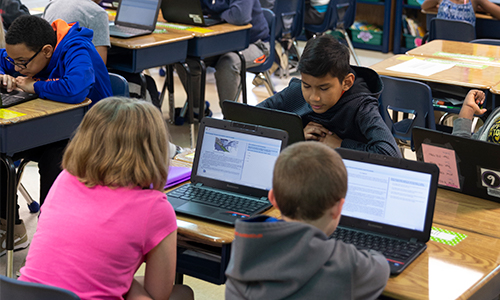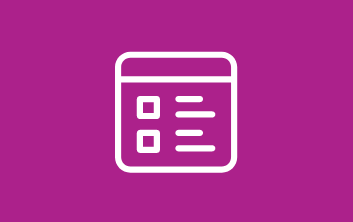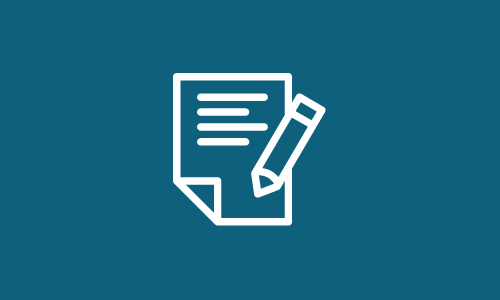

Rethinking school performance with Dr. Andrew Hegedus
In this interview, Andy Hegedus shares the origins of his study exploring the relationship between poverty and school performance, implications for educators, and where his research is headed next.
By: Andrew Hegedus
Topics: Equity, High-growth schools & practices


How Teachers and Families Can Help Students Build Reading Fluency Over the Summer
In this Education Post article, Cindy Jiban discusses research showing that kids in the primary grades typically return from summer break with slower and less accurate oral reading. But this doesn’t have to be the case: we can set kids up for growth in fluency instead.
Topics: Seasonal learning patterns & summer loss, Academic content, Reading & language arts


MAP Growth K–2 item fit analysis study
The purpose of this study is to examine the fit of MAP Growth K–2 items involved in a scale alignment study conducted by NWEA to realign the scales underlying the MAP Growth K–2 and MAP Growth 2–5 Reading and Mathematics tests.
By: Wei He
Products: MAP Growth
Topics: Item response theory


The purpose of this literature review is to study the advantages and limitations of various through-course summative assessment models with the goal of informing the design of the NWEA through-year solution.
By: Garron Gianopulos
Topics: Test design, Computer adaptive testing


A path to completion? The impacts of statewide articulation agreements on enrollment and attainment
This study measures the effect of adopting statewide articulation agreement policies on college enrollment, associate degree attainment, and bachelor’s degree attainment using data from the Integrated Postsecondary Educational Data Systems (IPEDS).
By: Greg King
Topics: College & career readiness


Transitioning to kindergarten: What 3 RPPs find on district-led programs
In this first edition of the “Research Insights” series, we visit the early childhood education space across NNERPP. Here we find three districts offering different versions of a kindergarten transition program for their students.
NNERP Extra Magazine
Mentions: Beth Tarasawa
Topics: Early learning, Equity, High-growth schools & practices


This technical report is written for measurement professionals and administrators to help evaluate the quality of the MAP Growth assessments.
By: Patrick Meyer
Products: MAP Growth
Topics: Measurement & scaling, Item response theory, Test design


